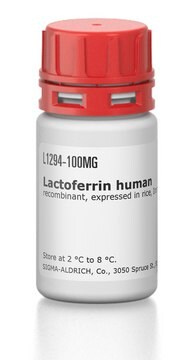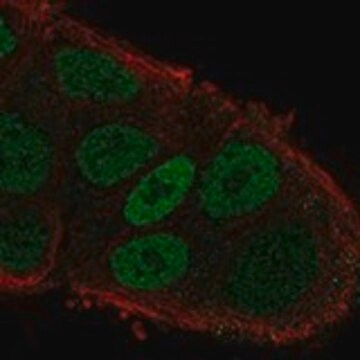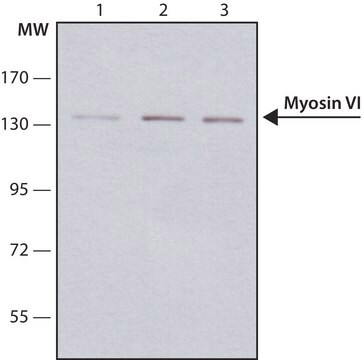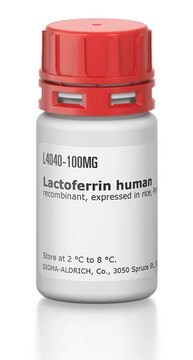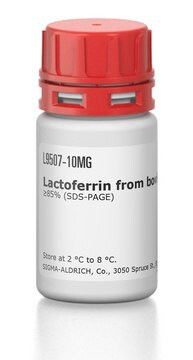M5187
Anti-Myosin VI (KA-15) antibody produced in rabbit
affinity isolated antibody, buffered aqueous solution
Sinónimos:
Anti-DFNA22, Anti-DFNB37
About This Item
Productos recomendados
biological source
rabbit
conjugate
unconjugated
antibody form
affinity isolated antibody
antibody product type
primary antibodies
clone
polyclonal
form
buffered aqueous solution
mol wt
antigen ~150 kDa
species reactivity
rat, canine
technique(s)
indirect immunofluorescence: 1:75 using cultured rat NRK cells
microarray: suitable
western blot: 1:1,000 using a whole extract of cultured dog MDCK cells
shipped in
dry ice
storage temp.
−20°C
target post-translational modification
unmodified
Gene Information
human ... MYO6(4646)
General description
Immunogen
Application
- in immunoblotting
- in immunocytochemistry
- in immunofluorescence
- immunohistochemistry
- proximity ligation assay
Biochem/physiol Actions
Physical form
Disclaimer
¿No encuentra el producto adecuado?
Pruebe nuestro Herramienta de selección de productos.
Storage Class
10 - Combustible liquids
wgk_germany
WGK 3
flash_point_f
Not applicable
flash_point_c
Not applicable
Elija entre una de las versiones más recientes:
¿Ya tiene este producto?
Encuentre la documentación para los productos que ha comprado recientemente en la Biblioteca de documentos.
Nuestro equipo de científicos tiene experiencia en todas las áreas de investigación: Ciencias de la vida, Ciencia de los materiales, Síntesis química, Cromatografía, Analítica y muchas otras.
Póngase en contacto con el Servicio técnico